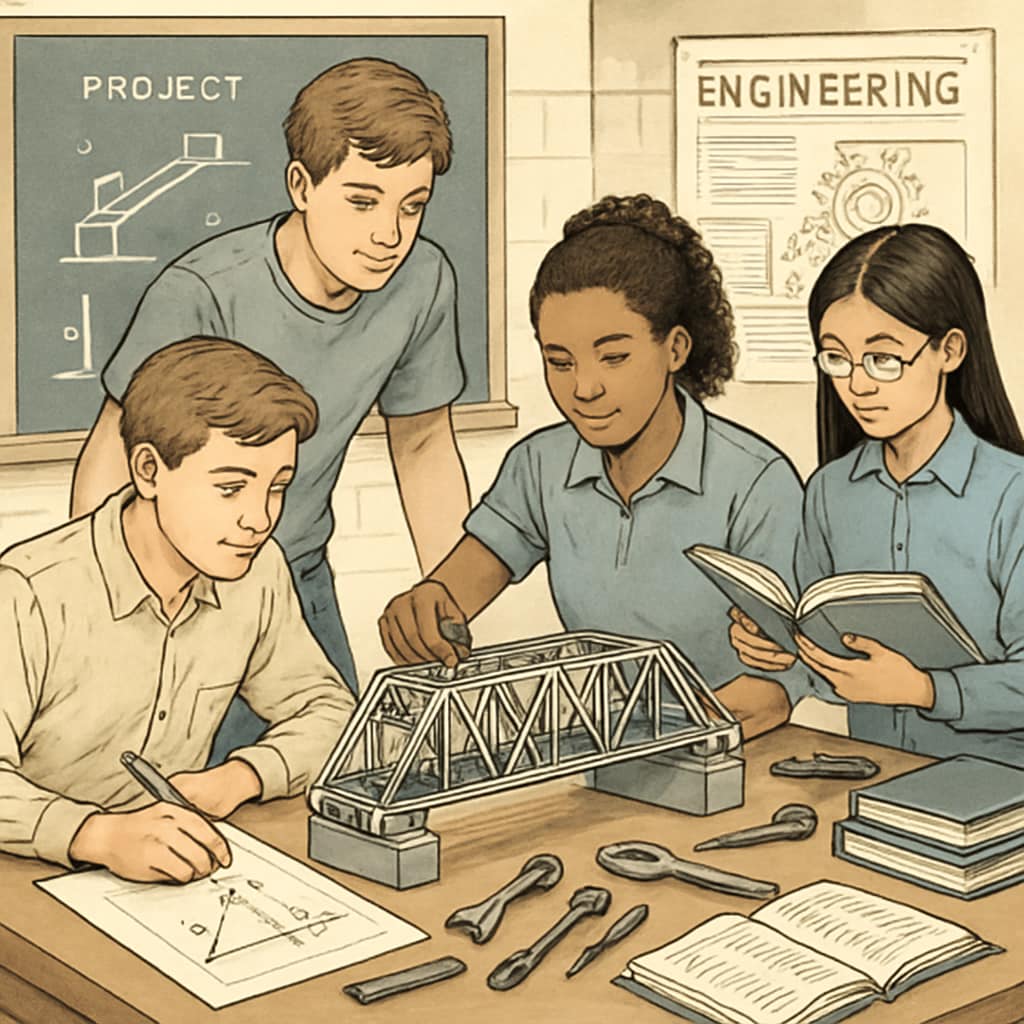In the modern K12 educational landscape, balancing vocational education, traditional subjects, and a cohesive education structure has become a critical challenge. Schools are tasked with equipping students with practical skills while maintaining rigorous academic standards, fostering both career readiness and intellectual growth. This article examines the complementary relationship between vocational education and traditional subjects, explores implementation models across different school districts, and provides actionable recommendations for creating integrated curricula.

Why Vocational Education and Academic Subjects Must Coexist
Vocational education focuses on imparting practical skills that prepare students for specific careers, while traditional academic subjects aim to develop critical thinking, analytical abilities, and foundational knowledge. Both are vital for producing well-rounded individuals. For example, vocational education equips students with tangible expertise, while historical and mathematical studies encourage intellectual growth and adaptability.
However, these two approaches often operate in silos, leading to missed opportunities for synergy. When vocational training is integrated with academic subjects, students experience a holistic education that bridges theory and practice. For instance, pairing mathematics with construction-related vocational courses can enhance both practical application and conceptual understanding. This fusion prepares students not only for employment but also for lifelong learning.
Models of Curriculum Integration Across School Districts
Some school districts have pioneered innovative ways to blend vocational education with academic learning. These models include:
- Career and Technical Education (CTE) Programs: These programs combine vocational skills with core subjects such as English and math. Students might learn coding while applying algebraic concepts or analyze business case studies during economics lessons.
- Dual Enrollment Opportunities: High schools partner with local colleges to allow students to earn vocational certifications alongside traditional academic credits.
- Project-Based Learning: Schools integrate hands-on projects that require both technical skills and academic knowledge, such as designing and building sustainable housing based on physics and environmental science principles.
These approaches show promise but require significant planning and resources to implement effectively.

Practical Strategies for Building Balanced Curricula
For educators and administrators looking to bridge vocational education and academic subjects, the following strategies can serve as a roadmap:
- Conduct Needs Assessments: Identify local industries and career trends to tailor vocational offerings that align with community needs.
- Develop Interdisciplinary Lesson Plans: Link academic subjects with vocational skills through project-based assignments and cross-disciplinary teaching.
- Invest in Teacher Training: Provide professional development to ensure educators can effectively teach integrated curricula.
- Leverage Technology: Use digital tools to create simulations and virtual labs that merge academic learning with vocational training.
- Engage Stakeholders: Collaborate with parents, businesses, and policymakers to ensure curricula address both educational and workforce demands.
By implementing these strategies, schools can help students thrive in both academic and professional spheres.
The Future of Education: Harmonizing Theory and Practice
The integration of vocational education and traditional subjects represents the future of education. As society evolves, schools must prepare students for dynamic career landscapes while fostering intellectual curiosity. For example, emerging fields like renewable energy or artificial intelligence demand both technical expertise and a solid academic foundation.
Therefore, adopting balanced education structures is not just a necessity but an opportunity to redefine student success. Schools that embrace this challenge will position their students as leaders in an increasingly interconnected world.
In conclusion, vocational education and traditional subjects are not opposing forces—they are complementary elements of a comprehensive education. By fostering balance and integration, educators can cultivate adaptable, skilled, and intellectually curious graduates ready to excel in life and work.


